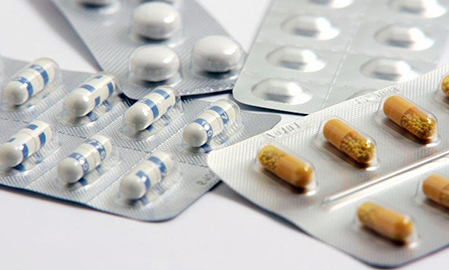Adding more to the prescription adherence/non-adherence data field is a study by the University of Pittsburgh School of Pharmacy’s Program Evaluation Research Unit that found that handing a patient a free 30-day prescription increased the likelihood that a pharmacy fill would follow.
MedVantx, which has an e-prescription service, funded the study which compared fill rates among patients covered by one of two health plans. These two groups were divided into control groups which received prescriptions but no samples, and test groups, which received free 30-day samples in addition to prescriptions.
In short: a patient who left the doctor’s office with a 30-day drug supply was more likely to fill their prescription. Further, a patient who pocketed a free sample when leaving the doctor’s office also had a higher rate of subsequent refills, at 59.8%, compared to the 48.9% of non-samplers who sought out a second refill. After 90 days, samplers had 42% more medicated days than their peers. Samplers also had 15% more medicated days than their sample-free peers at the 180-day mark.
Like many adherence studies, this one did not run long enough to provide insight as to what this means in terms of long-term savings, such as those associated with preventing or delaying the onset of co-morbid conditions that typically follow patients with conditions such as diabetes, high blood pressure or high cholesterol. Nor does it show a reduced use of intense—also known as pricey—medical interventions. However, researchers did find slightly lower healthcare costs among patients who received samples.
The researchers touch on a thread that surfaced in a Merck-supported study about asthma adherence: side effects, and the possibility that samples may have eased pre-medication concerns.
Additional reasons for lack of medication adherence include cost and convenience.








